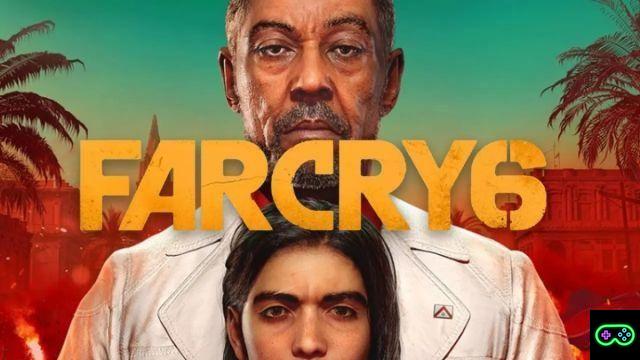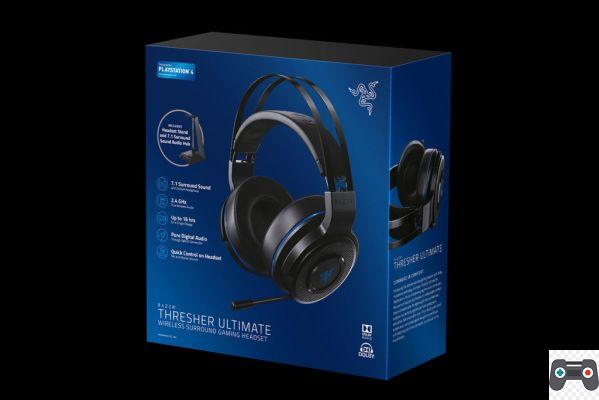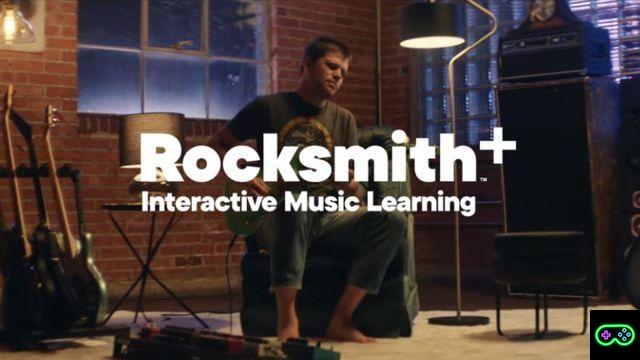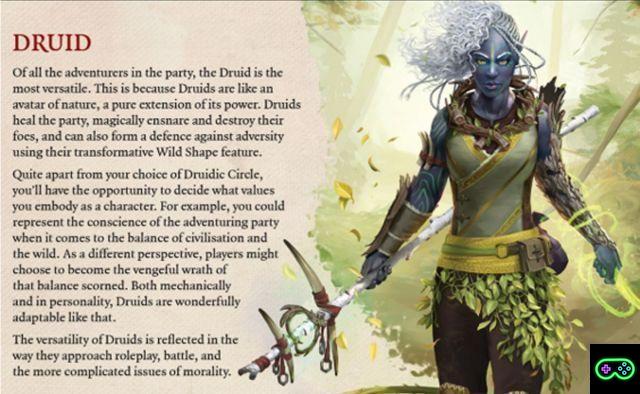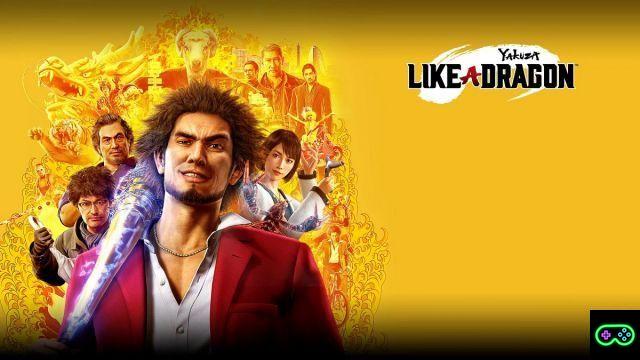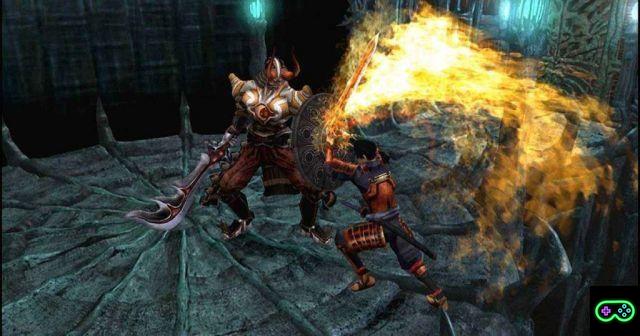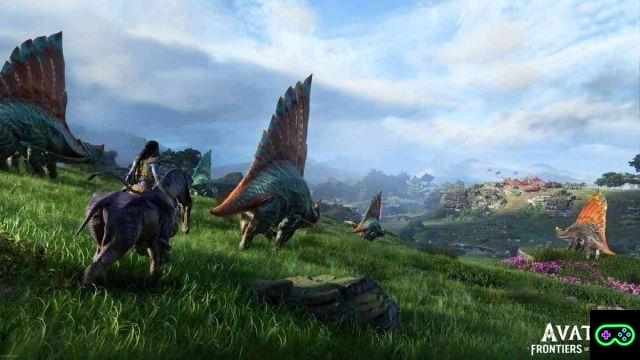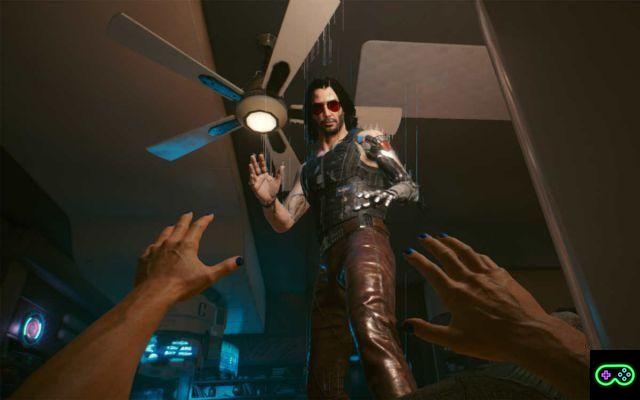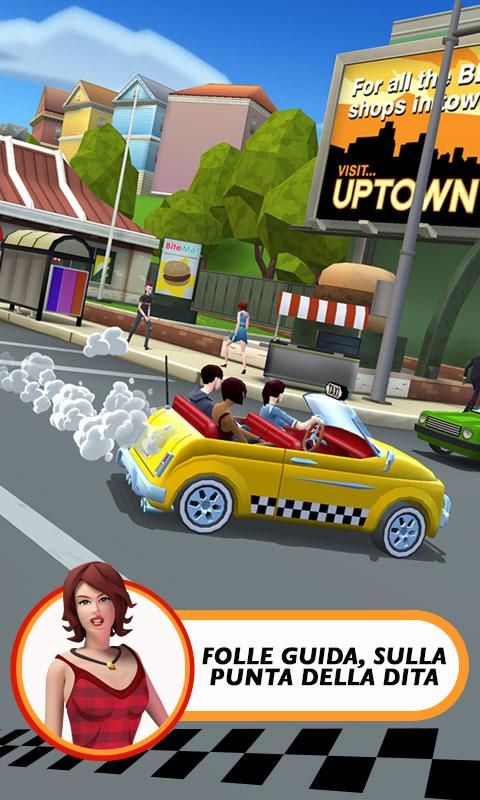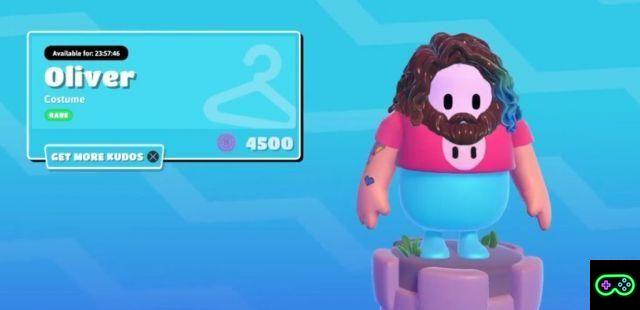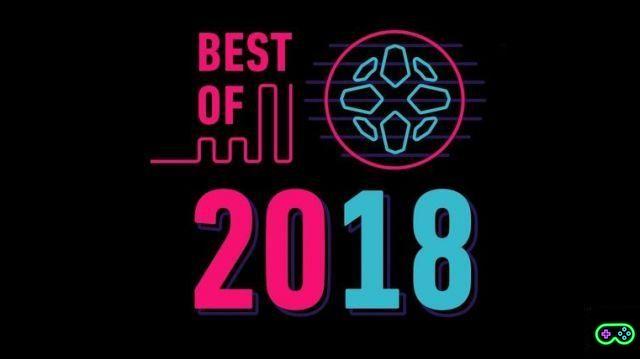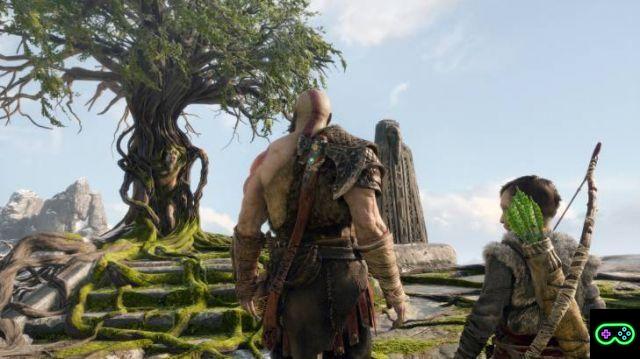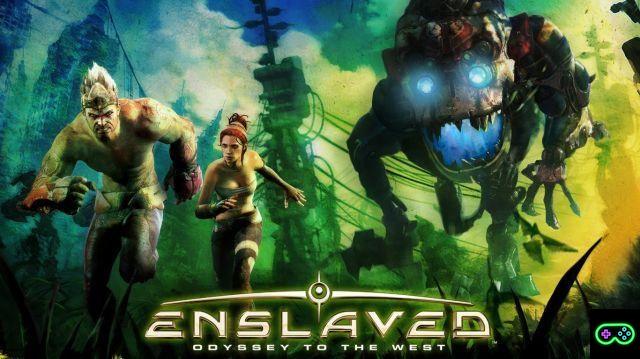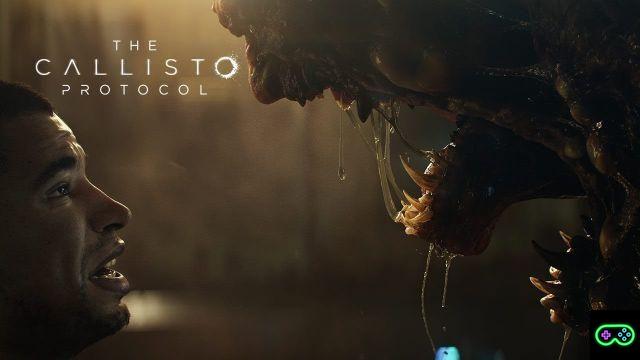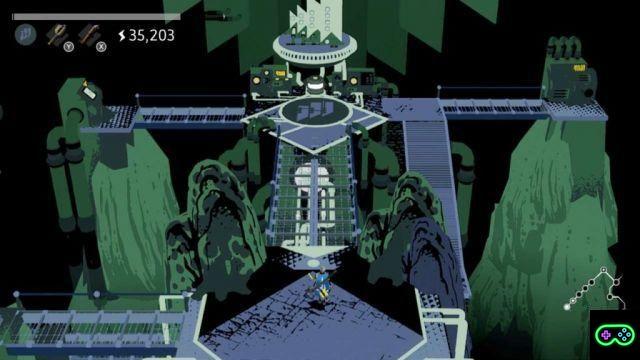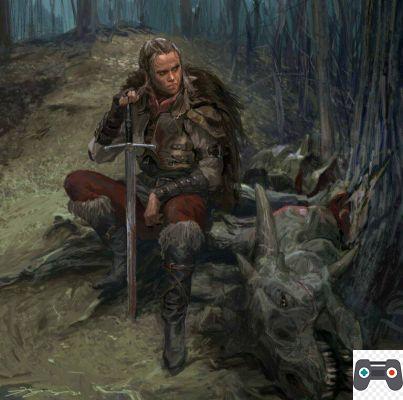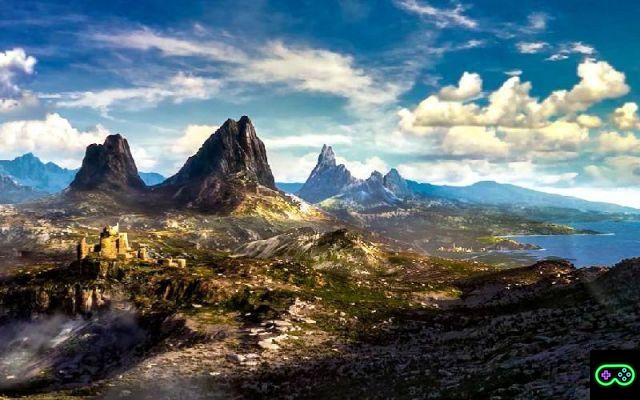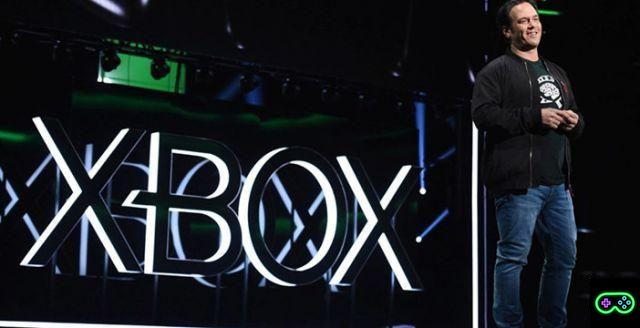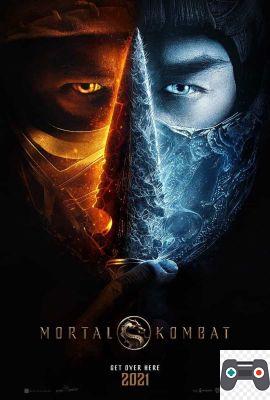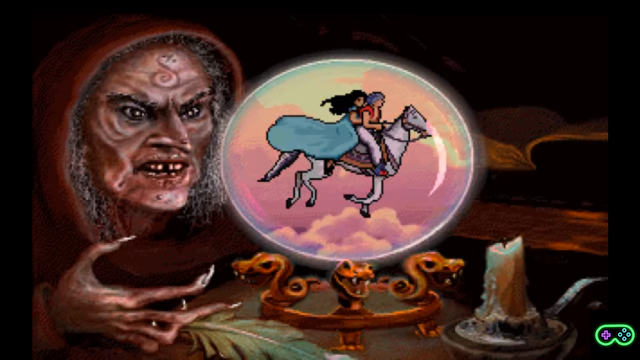With the release of Ace Combat 7, 12 years after the sixth chapter and almost 8 years after the forgettable attempt to revive the series in a more realistic and modern shooters-inspired light called Assault Horizon, we felt compelled to celebrate this cult saga that never received the love that belonged to him. In particular, we will talk about the third entry, that is Ace Combat 3: Electrosphere, a gem and one of the highest points touched by the first PlayStation which, as we will see towards the end of the article, is still little known in the West.
If you missed the previous articles dedicated to retrogaming you can easily find them all at this link. You will find Final Fantasy, Resident Evil, Silent Hill and many other goodies collected just for you!
Ace Combat: Ready to take off?
It was back in 1995 when from the Japanese studios of Bandai Namco (at the time still only Namco) took flight on PlayStation 1 one of the cult series in the history of video games, the only one capable of combining the magic of flight with the fun of battles in full arcade style: Ace Combat. The first chapter, known in the West with the name of Air Combat and only from the second chapter changed to the original name, was certainly not a masterpiece but among its technical defects and, despite the repetitiveness of some missions and the total absence of plot, it posed the foundation for a sequel destined to be something more if well packaged and polished, thanks to immersive gameplay and a remarkable variety of missions for a title released so soon on PS1.
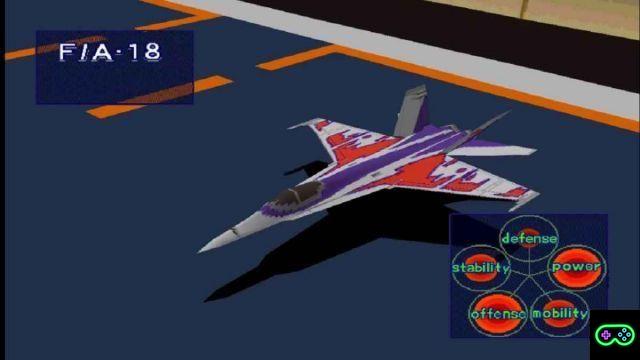 Ace Combat 2 it was certainly a step forward in every respect compared to the debut, but something was still missing, that something that would have transformed it into something more. Ace Combat 3: Electropshere it represented this take-off of the series towards something deeper and more complex, rising beyond the limits of a simple but fun arcade shooter, even if the audience was still perhaps too immature to appreciate it.
Ace Combat 2 it was certainly a step forward in every respect compared to the debut, but something was still missing, that something that would have transformed it into something more. Ace Combat 3: Electropshere it represented this take-off of the series towards something deeper and more complex, rising beyond the limits of a simple but fun arcade shooter, even if the audience was still perhaps too immature to appreciate it.
Ready: Engagy
It's 1999 in real life, but 2040 a Strangereal. Strangereal is a parallel universe, very similar to ours, with one substantial difference: the Earth is not the same, its history and its conformation are significantly altered.
We are located on the continent of Usean and yet another global conflict is about to break out. In Usean there are no longer any national governments and it is under the total control of multinational corporations, the largest of which are Neucom Incorporated e General Resource Limited. We are Nemo, pilot ofUniversal Peace Enforcement Organization (UPEO), and we will initially have the task of stemming as much as possible the conflict that broke out between the two corporations, initiated by Neucom against General Resource: it is the beginning of Intercorporate War. Not only will these factions be at stake, but we will also have to deal with a terrorist organization by the name of Ouroboros whose objective is to favor the technological progress of humanity by eliminating every perverse and unnecessary element that could hinder it, such as their desires.
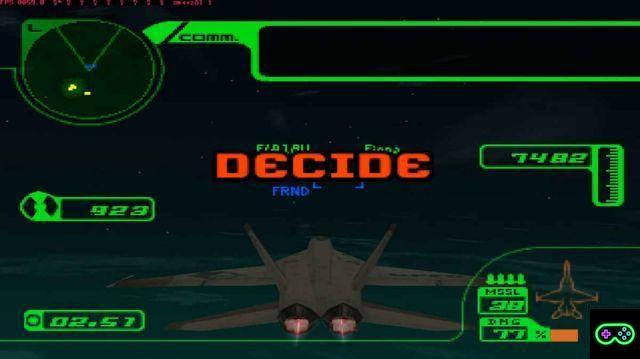
In the course of the game Nemo will have the opportunity to decide which side of the conflict to take sides. Continue to fight for global peace alongside UPEO, support one of the two warring corporations, or perhaps fight for a new global order and transfer the whole of humanity into a digital universe called Electrosphere alongside the Ouroboros terrorists? These will be the choices that we will be able to make during the game, thus giving rise to 5 different endings, which makes Ace Combat 3 unique in the Namco saga.
From space to the Electrosphere: a cyberpunk work
A story that, however complicated, still seems quite "traditional", is destined to become more and more complex and sci-fi as we get into the game. The plot, narrated by a mix of fake news programs intent on narrating day by day the unfolding of life and the conflict in Strangereal and through the interactions between the various co-pilots and the silent Nemo, gradually takes on more and more cyberpunk connotations and references to Japanese genre animation work such as Ghost in the Shell e Neon Genesis Evangelion they become more and more apparent.
If initially the missions turn out to be fairly standard, between adrenaline-pumping chases between heaven and earth, low-level flights between skyscrapers of large cities and slalom between long and interminable canyons to escape a curtain of anti-aircraft missiles, later in the game the boundaries between reality and digital will be canceled completely. We will therefore find ourselves aboard a hybrid between a fighter plane and a shuttle having to annihilate unidentified satellites out of the atmosphere, and we will conclude the our simulation with a chase within a fully digitized area, the aforementioned Electrosphere.
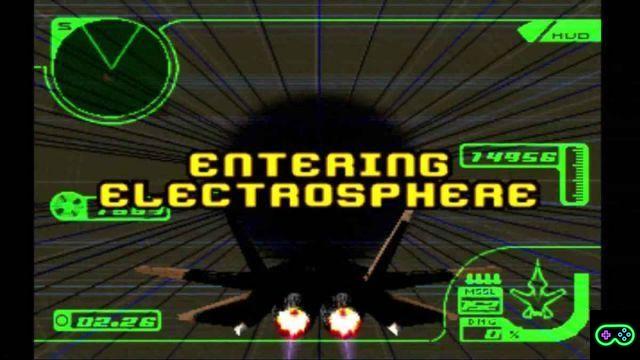 Simulation? What are you saying? Well, what we will discover will be that we, Nemo, are nothing more than an Artificial Intelligence programmed by the scientist Simon Orestes Cohen, able to fly planes, enter the digital world of the Electrosphere and to make decisions, but not able to express himself dialectically. The entire Intercorporate War, therefore, never happened and the entire project of which Nemo is the fulcrum serves the researcher member of Neucom to analyze the five possible course of war, in order to be able to make the best decisions in the future during the course of a possible conflict. Once the simulation is finished, satisfied with the result, Nemo will then be ejected from the Electrosphere and released into the real world, with no further news.
Simulation? What are you saying? Well, what we will discover will be that we, Nemo, are nothing more than an Artificial Intelligence programmed by the scientist Simon Orestes Cohen, able to fly planes, enter the digital world of the Electrosphere and to make decisions, but not able to express himself dialectically. The entire Intercorporate War, therefore, never happened and the entire project of which Nemo is the fulcrum serves the researcher member of Neucom to analyze the five possible course of war, in order to be able to make the best decisions in the future during the course of a possible conflict. Once the simulation is finished, satisfied with the result, Nemo will then be ejected from the Electrosphere and released into the real world, with no further news.
The theme of the relationship between man and technology, between human and digital, is also very dear to Mamoru Oshii, director of Ghost in the Shell, from which Ace Combat clearly draws inspiration. In fact, what is Nemo if nothing more than a shell who interacts with humans but in a very limited way, and is able with their decisions to influence the destiny of all humanity? The conclusion, however, is diametrically opposed to Oshii's work, as AI will simply be thrown away, thus showing itself completely subject to humanity. A clearer hint of bodily modifications, on the other hand, is present in the character of Rena, prodigy pilot, whose nerve endings have been altered with an operation to make it more suitable for flight.
Rena is also the link with another work: her obsessive bond with an airplane, the X-49 Night Raven, formidable and that only she will be able to fly after the operation, is very similar to that developed by Asuka e Shinji in Evangelion and will be forced to break away from it, only to get on board one last time, deceived by false promises from a member of the Ouroboros. The tragic end of the cursed heroine, so called by the Strangereal media due to the disease that does not allow her to face the sunlight, will therefore take place inside the plane she was obsessed with at the hands of Nemo, the ex-trusted ally, and shown through an anime-style AMV with clear references to Anno's masterpiece. Not only that: a further clear reference to Evangelion is represented by the Electrosphere itself which refers to the psychedelic transitions of the latest episodes, as well as to the famous ending of 2001 A Space Odyssey.
This scene is perhaps the most direct reference to NGE:
A diamond buried in the east
At this point some of you will get up and stop me saying: I have Ace Combat 3, I played it! The protagonist has no name! There are no choices to make, there is only one ending! Plot? Animated movies? Conversations between pilots? But what did you smoke? I have not seen any of this!
So here we are at why Ace Combat 3 didn't have the success it should have. Probably due to the game's poor sales in the rising sun, Namco basically has sliced in half the localization of the game, reducing the game discs from 2 to 1, the missions from 52 to 36 and eliminating any semblance of plot and bifurcations, with the exclusion of small references here and there of little importance at the beginning of the mission. Although there are still more creative missions like the one in space and an electronic soundtrack similar to the one we can find in Wipeout very respectable, certainly it is a much inferior experience to the original one of the work.
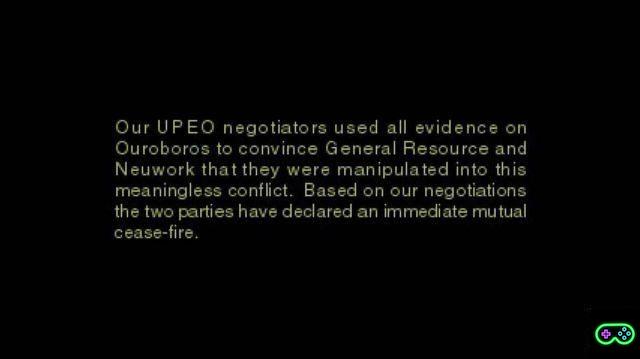
Fortunately, it is also possible for those who do not know Japanese to experience Ace Combat 3 in the way it was conceived thanks to the guys from Project Nemo, who took care of a translation patch (to be placed next to a block of text) to allow anyone to appreciate one of the dormant masterpieces of the PlayStation 1 era. It may not be the best way, but unless you are fluent in Japanese, it's the only way you can dive into the Intercorporate War.




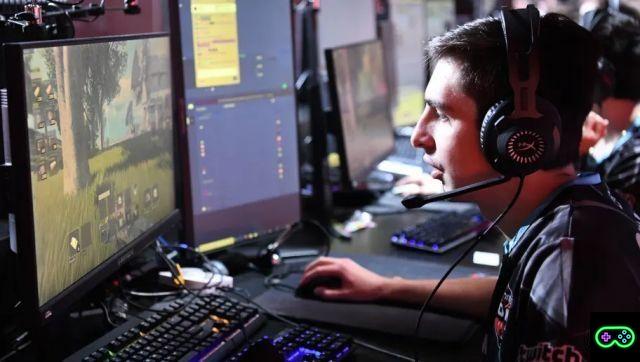
![[The Bear's Lair] God of War: Betrayal and Greek mythology](/images/posts/17432d3b12ecfec44b0b855d20c7520f-0.jpg)
